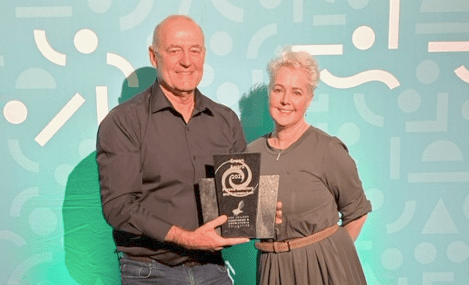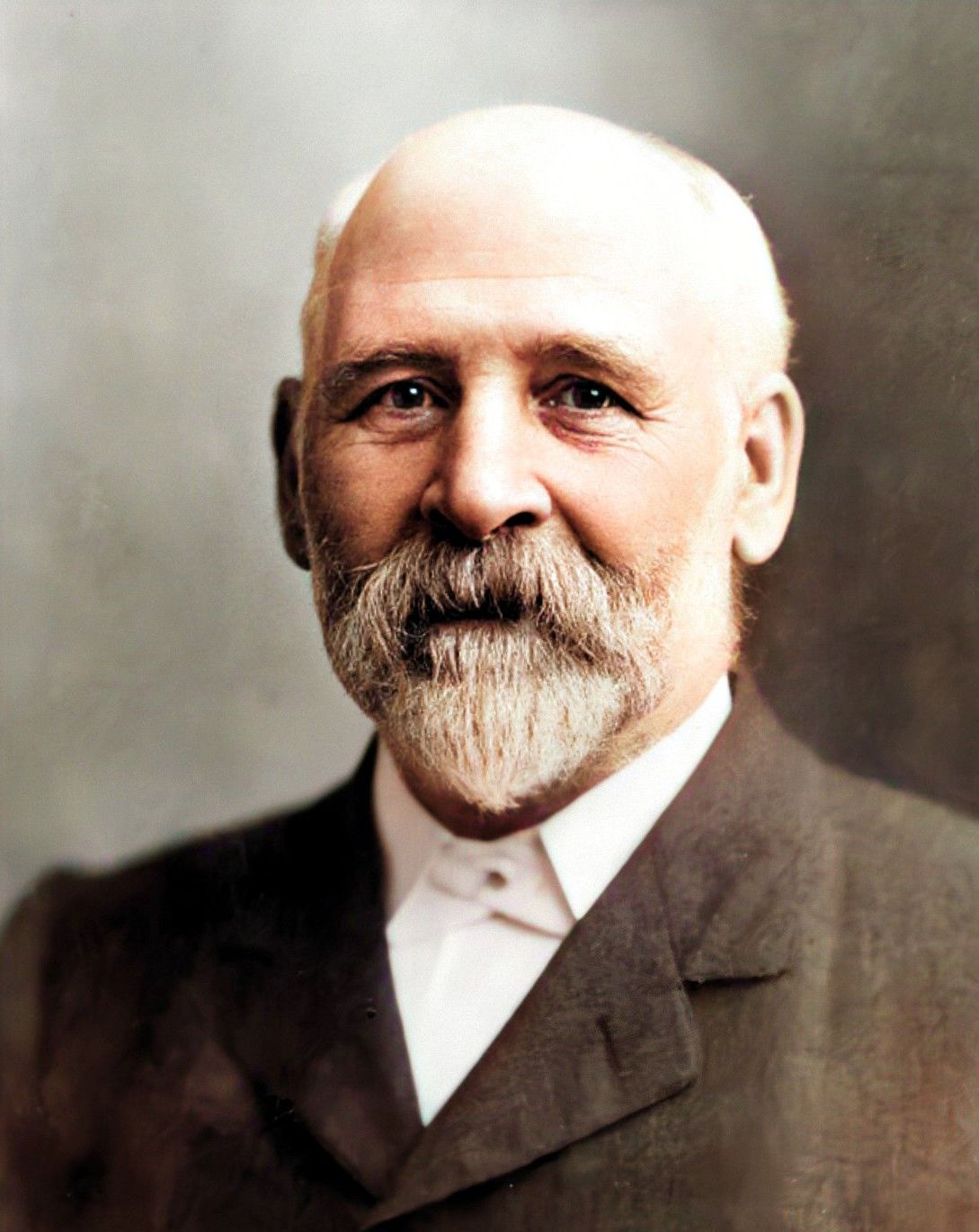Purewa Cemetery is the final resting place for more than 55,000 men, women and children. Among them are some of the early pioneers of Auckland and the nation.
One of the many remarkable trailblazers is Arthur Guyon Purchas – doctor, surgeon, Anglican priest, architect, engineer, inventor, geologist, botanist and musician – to name just a few of his significant attributes and pioneering legacies.
Born in the Wye Valley, Monmouthshire, Wales in 1821 he studied at Guy’s Hospital London gaining his medical and surgical qualifications before making his first visit to New Zealand in 1845 and meeting Bishop Selwyn. A year later he returned to the colony with his wife Olivia, initially settling at Purewa where Selwyn had established a school and hospital. At the St John’s Theological College Purchas studied for the priesthood while continuing to work as a doctor in the new settlement.
In the late 1840s he was appointed Vicar at St Peters in the Parish of Onehunga, which included Epsom, Remuera, Otahuhu, Waiuku, and Manukau districts requiring him to walk vast distances while continuing to offer his medical skills. He was ordained Priest in 1853 and contributed his musical talents as musical director for the New Zealand Anglican Diocese producing two national hymnals in both English and Maori, in which he was fluent. The gifted musician helped establish the Auckland Choral Society.
In 1850 Purchas became the first European to discover the Huntly coalfields and in 1861 with James Ninnis, was granted the first patent in the country for a plant fibre dressing process and leaf stripping machine for their flax mill on the Waitangi Stream at Waiuku, launching the commercial flax industry.
In his distinguished medical career he supervised the country’s first caesarean birth in 1857 and successfully operated on a number of women suffering abdominal cancer – at the time a dangerous procedure other surgeons were not willing to risk.
His interest in science saw him work with geologist and botanist Ferdinand von Hochstetter and together they surveyed the Auckland volcanic field. Purchas Hill in Stonefields was named after him in recognition of this work. The road Purchas Hill Drive is located where Purchas Hill was before being quarried. He also designed the original Mangere Bridge which opened in 1875.
His architectural abilities and designs still stand today among the country’s finest heritage buildings as well as the “Selwyn Churches” he created and helped build. He also helped establish cultural institutions such as the Museum and the Society of Arts.
Purchas died in 1906, two years after Olivia’s death, and a tribute in the New Zealand Herald said,” He laid the foundations of all that is good and true in the social life of the colony”. Eleven of his 14 children survived him.



